Back to Blog
HCP Marketing
Featured
Data Reveals 5 Counter-Intuitive Strategies for HCP Marketing That Actually Work
For marketers in the healthcare sector, capturing the attention of a busy Healthcare Professional (HCP) can feel like an impossible task. Their schedules are packed, their inboxes are overflowing, and they are rightly skeptical of purely promotional content. The challenge of breaking through the noise is immense, and many traditional marketing playbooks are no longer delivering results.

Unlocking the Data Potential in HCP Marketing
Untapped Goldmine of Data
The most significant opportunity in healthcare professional (HCP) marketing today is not a flashy new channel or innovative content format; it's the profound failure to leverage existing data. Current insights indicate that a staggering amount of potential is squandered simply because this data is not being collected, analyzed, or acted upon.
A recent study by EPG Health reveals that only 24% of pharmaceutical companies comprehensively gather and analyze HCP engagement data. Even more alarming, a mere 22% of these companies actually act on the insights derived from this data. This leads to a sobering conclusion about the state of the industry: Pharmaceutical companies are leaving 76% of their HCP engagement potential untapped.
This "data-action gap" presents a significant competitive advantage for insightful marketers. While competitors adhere to a one-size-fits-all strategy, those who commit to systematically analyzing and acting on their engagement data can tailor their approaches with a level of precision that is currently uncommon in the field.
Rethinking Channels: The Power of Social Media
Bridging the data-action gap often uncovers surprising insights, particularly regarding where HCPs spend their time. When considering channels for serious scientific and medical content, social media may not be the first option that comes to mind. However, data indicates this rapidly growing channel is crucial for reaching HCPs, especially as a new generation of professionals enters the field.
According to EPG Health, 41% of all HCPs now view social media as an important channel for accessing professional content. This figure becomes even more striking when examining demographic shifts:
- For HCPs under 34 years old, that percentage rises to 64%.
This isn't merely a passing trend; it signals a fundamental change in how medical professionals seek and consume information. They are increasingly moving beyond traditional journals and industry events, integrating professional development into the digital platforms where they already engage. Ignoring this channel risks overlooking a substantial and growing segment of your audience.
The Shift in Trust: Beyond Sales Representatives
As digital channels evolve, the human aspect of engagement is also undergoing a significant transformation. The nature of personal interactions—and who HCPs trust to provide them—has changed dramatically. The traditional sales-led model is no longer the most effective means of communicating complex scientific information.
Research from Fierce Pharma shows that medical science teams have now surpassed traditional sales forces as the primary source of scientific information for HCPs. This marks a critical shift in priorities. HCPs now prefer deep, evidence-based expertise over conventional sales pitches. Trust is built through demonstrable scientific value and objective data, rather than through personal relationships alone.
For marketers, this presents a clear directive: Your budget and strategic focus must shift towards empowering medical affairs. This function is no longer merely supportive; it has become your primary channel for establishing high-level clinical trust and credibility.
Education: The Key to Unlocking Data
This shift towards scientific expertise leads to the next critical strategy: placing high-value education at the core of your engagement model. In a landscape where privacy is paramount and professionals are hesitant to share personal information, how can marketers ethically and effectively gather the first-party data necessary for personalization? The answer is straightforward: offer genuine value in return. For HCPs, that value is education.
Providing high-quality educational resources—including Continuing Medical Education (CME) programs, in-depth white papers, and case studies on innovative treatments—is a powerful strategy for engagement. HCPs are motivated to stay current in their fields and actively seek credible information that enhances patient care.
As reported by Onomi, HCPs are willing to share first-party data, such as names and email addresses, in exchange for access to valuable educational content. This creates a trust-based transaction that feels more like a partnership than mere lead generation. By becoming a trusted source of knowledge, you not only enhance brand credibility but also gain the data needed to create more relevant and personalized experiences.
Proving Impact: The Challenge of Measuring ROI
Even when a marketing campaign successfully engages HCPs with compelling content and valuable education, the most significant hurdle for many pharmaceutical companies is demonstrating its impact. Measuring the true return on investment (ROI) extends beyond simple metrics like clicks and views.
According to Fierce Pharma, the primary challenge lies in demonstrating financial ROI, cited by 69% of pharma companies, closely followed by the difficulty of proving behavioral impact at 63%.
This measurement crisis stems from the aforementioned data-action gap; without a comprehensive analysis of engagement data, proving its behavioral or financial impact becomes nearly impossible. This underscores the urgent need for marketers to evolve their measurement frameworks. To demonstrate their value, teams must look beyond surface-level engagement and develop methods to measure deeper impacts, such as knowledge gain or shifts in clinical practice.
Conclusion: Are You Prepared to Bridge the Gap?
The 76% data-action gap is not merely a statistic; it is the root cause of the challenges discussed here. It explains why companies struggle to prove ROI and fail to recognize the rising significance of channels like social media and the strategic power of their medical science teams.
The most effective strategies for 2025 and beyond will focus less on broad promotion and more on precise, data-driven engagement that delivers undeniable value.
The data reveals a clear path forward, but it necessitates a departure from outdated tactics. It involves transitioning from promotion to education, from sales representatives to scientific experts, and from merely collecting data to actively acting on it. With the knowledge that a 76% engagement gap exists, which insights will you prioritize to close it?
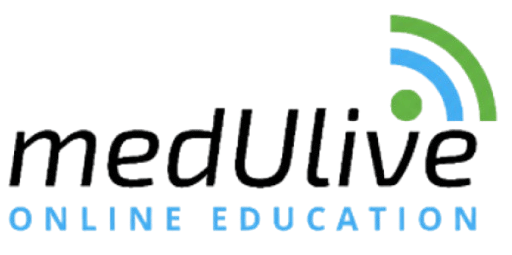

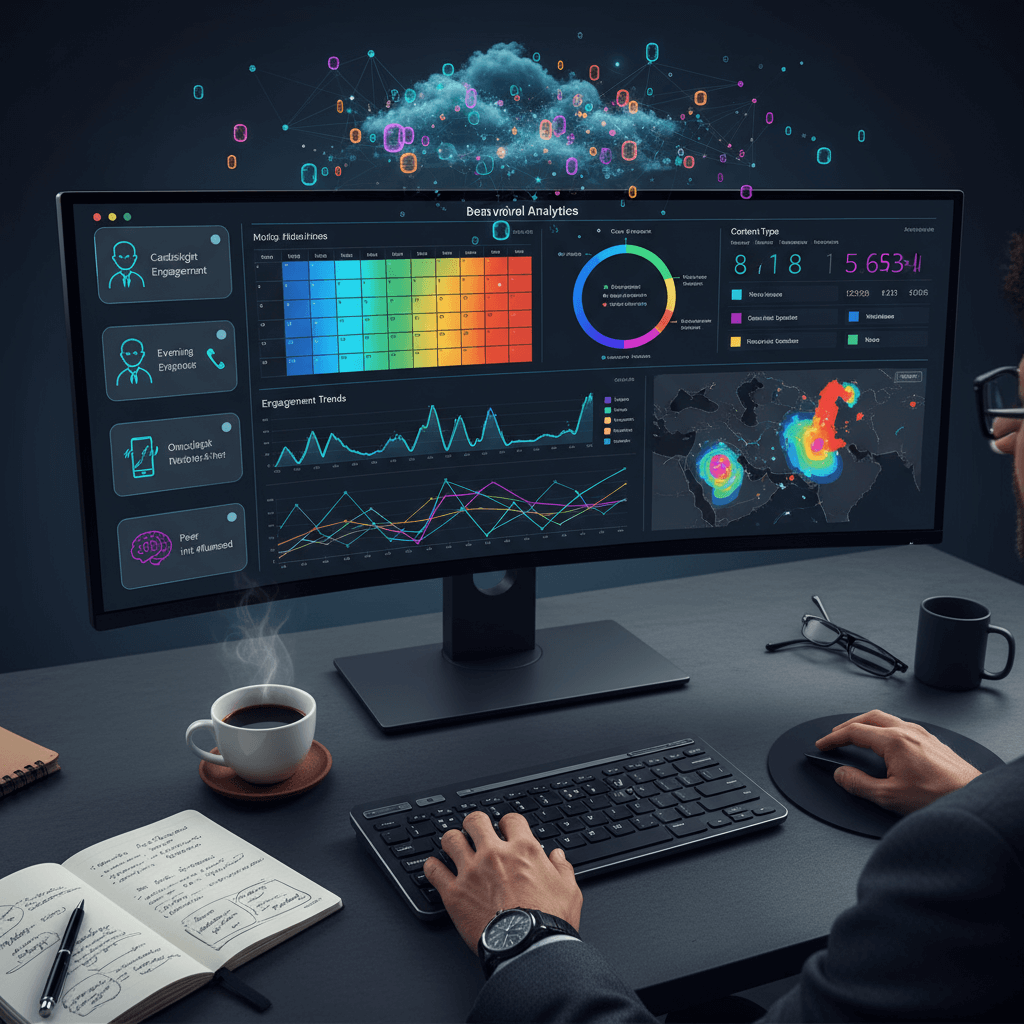

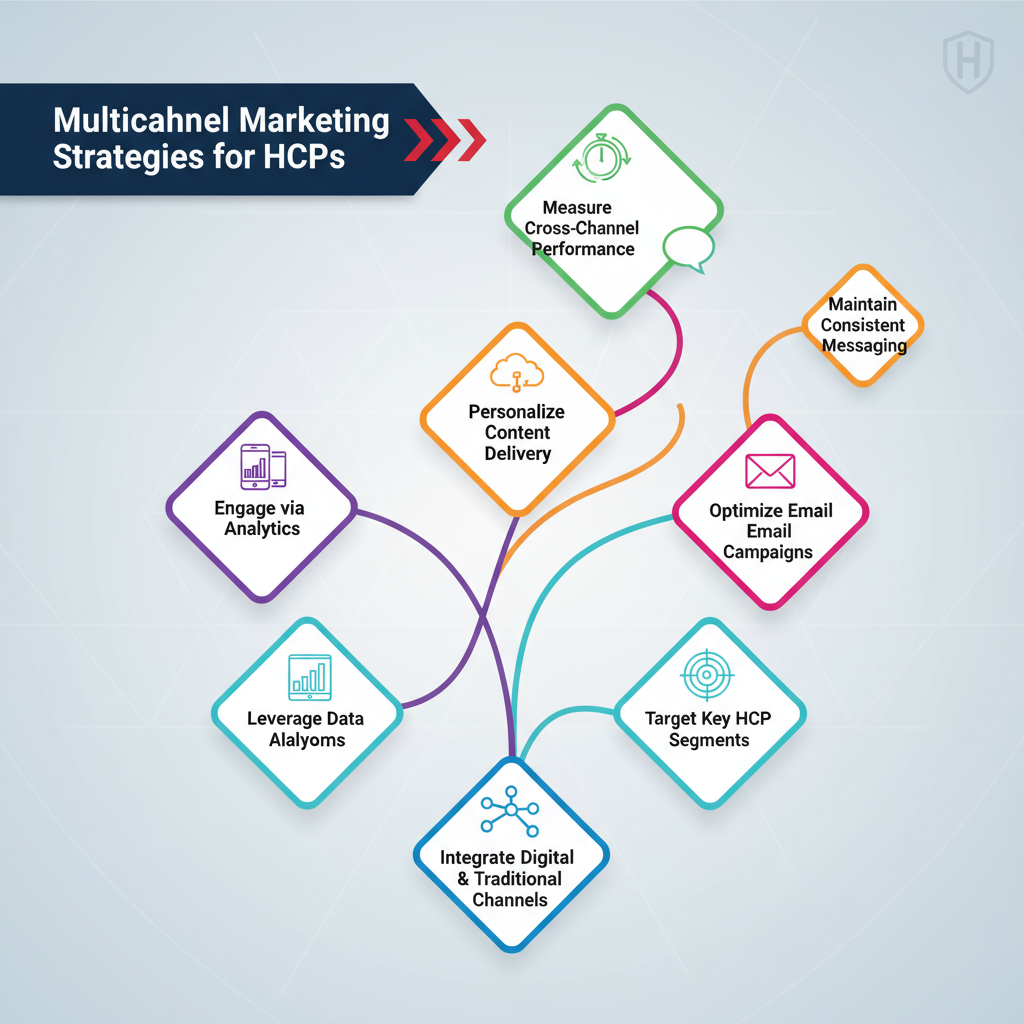

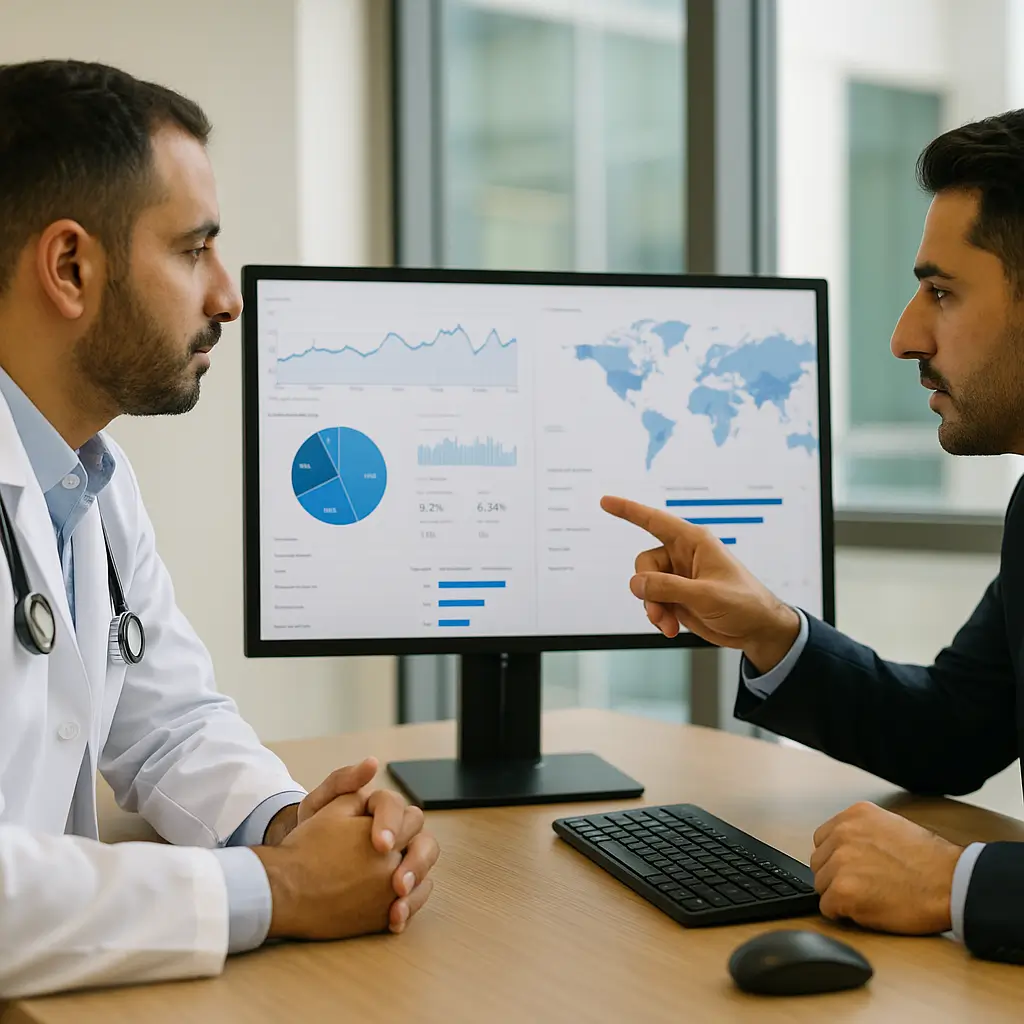
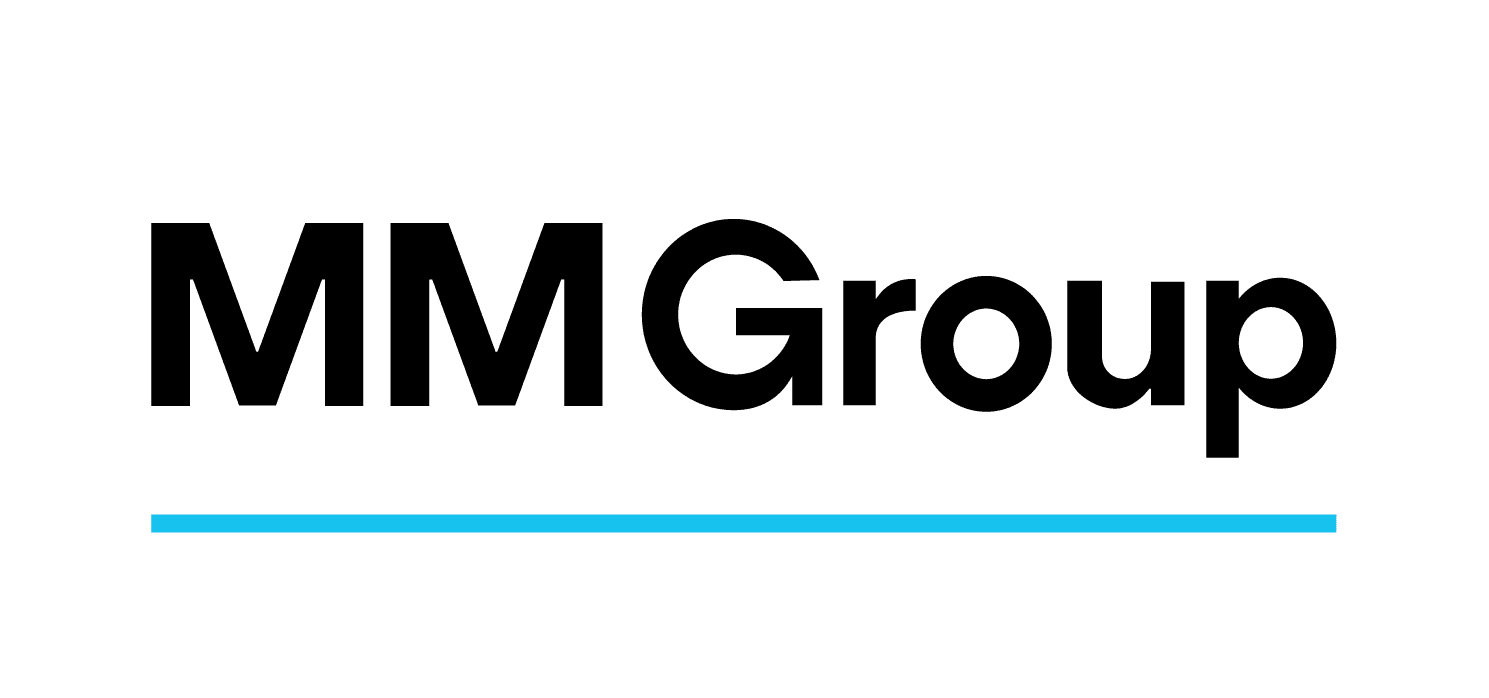


.jpg)